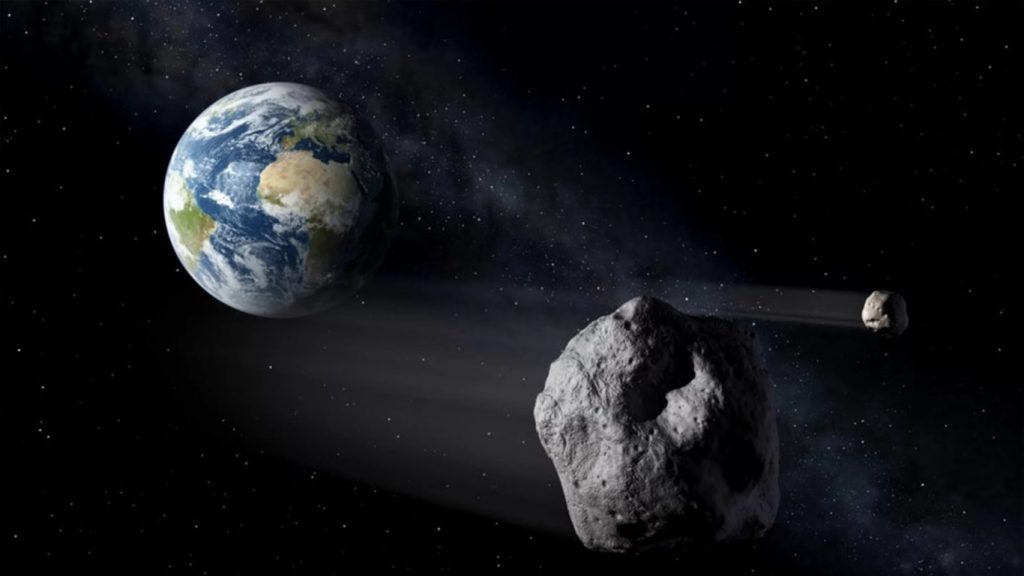It has been reported that a large, rocky asteroid will fly by Earth next week.
At 1 kilometer (3,280 feet) long, it’s roughly two and a half times the height of the Empire State Building, and it’s been classed a “Potentially Hazardous Asteroid” due to its size and its regular close visits to our planet.
This month, the asteroid will be 1.93 million kilometers (~1.2 million miles) away from Earth – that’s roughly 5.15 times more distant than the Moon. The calculations of its trajectory only come with a 133-kilometer (~83-mile) margin of error, so there’s no risk we’ll be colliding with this asteroid any time soon.
If you are a stargazer, you should relish the view. The closest approach will take place on January 18 at 21:51 UTC (4.51 pm EST).
The space rock is named asteroid (7482) 1994 PC1 and was first discovered in 1994 by astronomer Robert McNaught at the Siding Spring Observatory in Australia.
Tracing its path back, scientists were able to find images of it all the way back to September 1974, which is why we can be so confident in its orbital path. In fact, asteroid (7482) 1994 PC1 has an orbital arc of just 47 years, which is the length of time between observations in our night sky.
The last close approach was 89 years ago on 17 January 1933, at a slightly closer (but still very safe) distance of 1.1 million kilometers (~699,000 miles). It’s next expected to be within a similar distance of Earth on 18 January 2105.
These are the most common group of asteroids we know of, and they all have a similar orbital length to Earth – asteroid (7482) 1994 PC1 orbits the Sun every 1 year and 7 months in Earth time, at a distance of between 0.9 and 1.8 times that of Earth.
The asteroid will be traveling at the speed of around 19.56 kilometers per second (43,754 miles per hour) relative to Earth, which means it’ll appear like a star, but will travel across the night sky across the evening. The asteroid will be able to be seen through a 6-inch backyard telescope.
With a lot of the world watching Don’t Look Up over the holidays, it’s easy to feel stressed about an asteroid passing this close to Earth. But if the film taught us anything, it was to trust the scientists and their orbital calculations.
An asteroid of this size is only predicted to hit Earth once every 600,000 years. Fortunately, NASA is in the process of testing its DART (Double Asteroid Redirection Test) mission, which will aim to deflect a small asteroid moonlet off its course by crashing into it.

